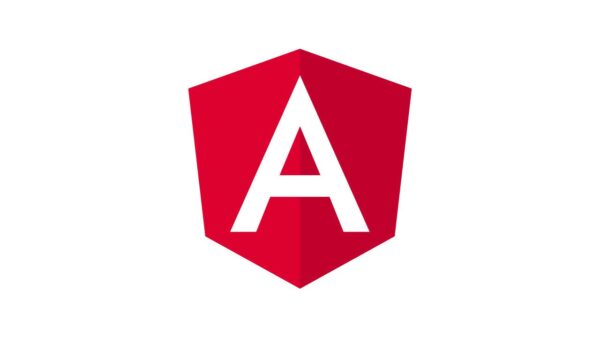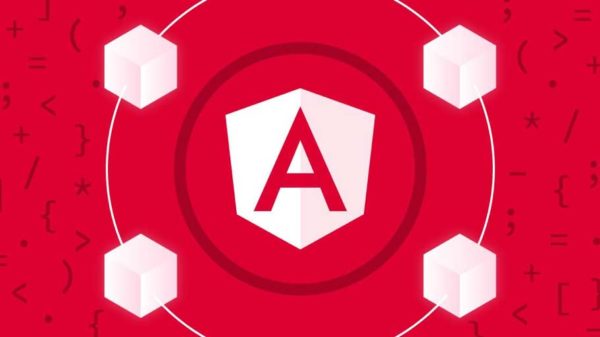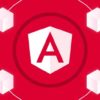In simple words, AngularJS can be defined as a popular structural framework that is mainly used for dynamic web applications. This excellent framework enables designers and developers to use HTML as their template language. In addition to that, the dependency injection and data binding capabilities of this framework will ensure that you do not have to write lots of additional codes. These are just a few reasons why an abundant number of websites from all over the world incorporate the use of this framework.
Being a successful Angular developer requires you to develop several different skills and apply them at the right time and the right place to create an application your users love.
Let’s discuss some of the facts which are crucial before starting an Angular Course on your way to becoming an Angular Developer:
Basic introduction of Angular is crucial before you start the course
AngularJS is a javascript framework based on MVW structure powered by Google to create modern interactive UI Web Apps. Although, it is a general-purpose framework but it truly shines when used with CRUD type applications. If you want to master Angular, learn about its basics first.
Learn only the core concept at the initial phase
Angular.js has a very different architecture. It is certainly not necessarily important to learn all core concepts like the module, service, dependency injection, and scope. Knowledge of the controller, some directives and the documentation is good enough for a quick start. The problem begins when you start digging deeper to write some serious code. Suddenly you start feeling like the learning curve has gone very steep. The knowledge and the documentation you have gained in the initial phase has apparently become incomplete.
Master modules
AngularJS doesn’t restrict you to use its modules for code organization. You may have a huge javascript file with lots of controllers in it. Every time your HTML is loaded, the same large javascript file is loaded along with it even if there’s only one controller in your file. Things can really get out of control due to this.
The best approach is to split controllers into various modules for different pages and extract some common filters and services from it. Make sure that all the modules have its dependencies set up right and components are correctly injected. Dependency injection (DI), often used in Java makes the code less coupled and easier to maintain.
Break controllers into sub-controllers
On a certain phase, you will find your controllers get bigger and bigger. In such a situation you don’t need to be panic. You just need to break the controllers into sub-controllers. This is pretty much similar with $scope. But before doing it you just need to know how $scope works. After learning how $scope works you can easily break your bigger controllers into sub-controllers.
Sometimes DOM is used in controllers
DOM and controllers are meant to be separate in AngularJS. But sometimes you might need to use DOM in controllers. This is the best time to use directives. Directives are a very important concept in AngularJS. It is not only a reusable component in JQueries but also into your various sub-controllers to be used in various places.
AngularJS Router: Specific Usage
The router in AngularJS has very specific usage. Unlike other frameworks, it doesn’t monitor the location.hash. In such frameworks router monitors the location.hash and calls a function when the route matches. It acts as a server-side router in AngularJS and designed to work with mg-view.
Conclusion
So these are the key points you must be considering before starting AngularJS. Remember, you never become perfect. Learning will always be there and there will always be some scope of improvement.
Hi I am Jeniifer a Professional Blogger and Writer. From Past 1.5 Years, I am sharing information related to technology, lifestyle, fashion, travel, health etc. You can follow me on Google+ and Twitter























































































































































































